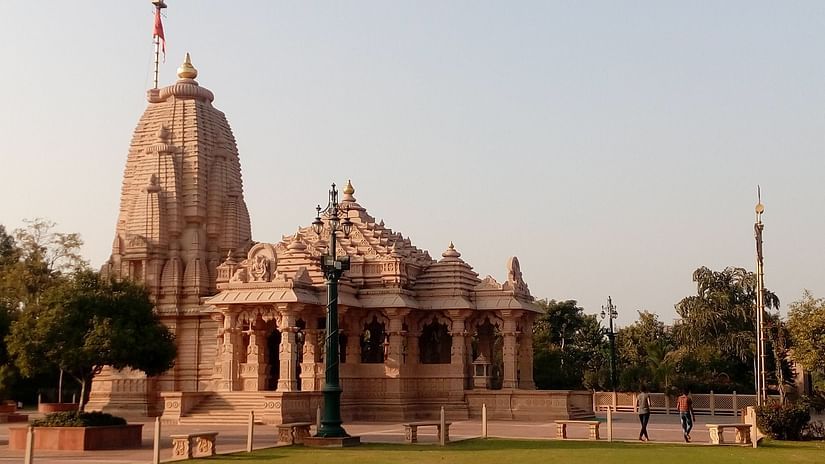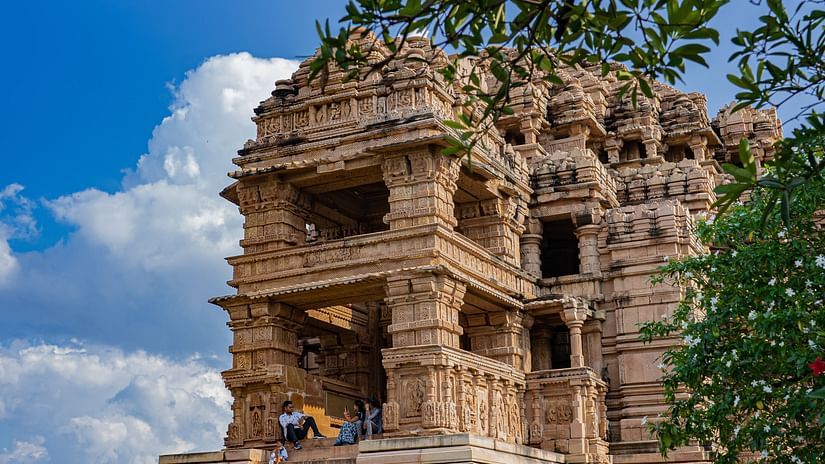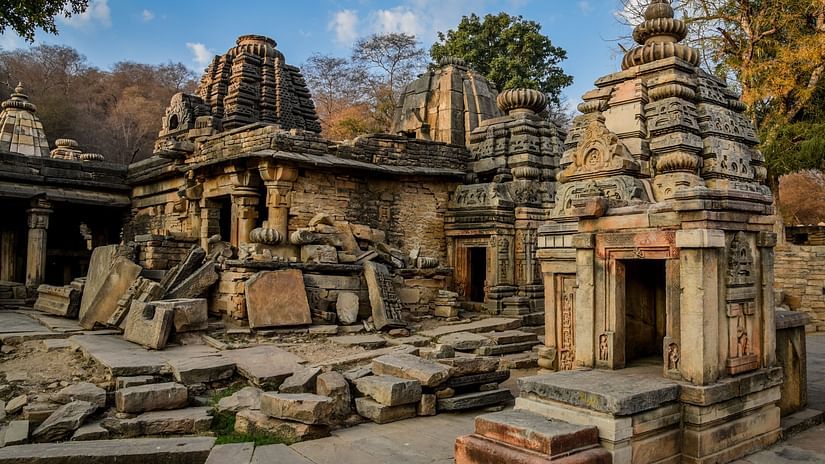Majestic Temples of Gwalior
Located in the heart of Madhya Pradesh, Gwalior teems with the rich history and culture the city has stood witness to from centuries ago. Gwalior is said to have majorly contributed to the branch of Indian music called Sangeet with legendary musicians like Tansen adorning the courts of the palace during his time. Moreover, Gwalior is also home to multiple architectural masterpieces. The most characteristic feature of this city is the fort that stands mighty on top of a hill, overlooking the city like a guardian! It is often referred to as the pearl of all forts in the country, given how many other fortified structures it has inspired. Besides this fort, several other historically significant monuments like palaces and temples dot the entire terrain of the city. The temples in Gwalior are of special importance. They serve as pilgrim destinations and are also testimony to the multi-layered traditions followed throughout the city.



